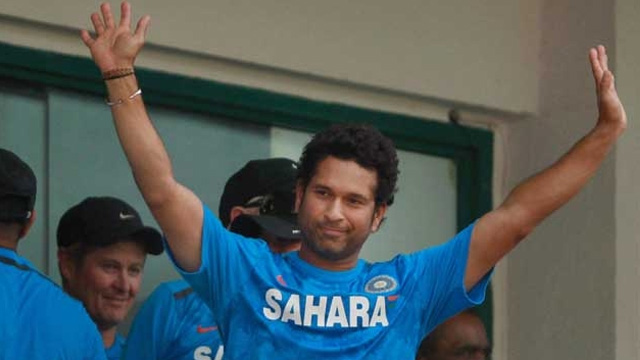An educational survey gives an overall picture of what students in a particular class learn and how much of the learning penetrates into their performance.
The previous day I was travelling in a cab in Mumbai, when the driver, who was probably bored of his whole day work, randomly chose topics to talk on.
He talked about the effect of Modi sarkaar, how things are changing, how India will soon be ahead of U.S.A (yes he enlightened me on that as well), and how he wanted his children to graduate and earn a high class living for themselves.
He spoke about a bachwa (kid) in his neighbourhood who used to study in standard eight at a local aided school in Mumbai suburbs. He, however, dropped out of school because he could not understand anything taught in the class, and did not want to waste his mother’s hard-earned money on himself.
Like this kid, there are many more who drop out of school in senior section.
The most common reason being their lack of ability to understand what is taught in the classrooms. Under the RTE (Right To Education) Act (2009), a number of students from underprivileged background have been enrolled into schools with better system of teaching.
A slow increase in national literacy rate has been observed since the implementation of RTE act in schools. The dropout rate, however, as concluded from a number of surveys, has increased to a whopping 57 percent.
Education counsellors believe that while students enrol in schools, the amount of knowledge they take home is negligible. As they move towards higher sections of learning, they face more difficulties in learning, which is why they opt out of school. That is where an educational survey is needed the most.
WHAT
An educational survey gives an overall picture of what students in a particular class learn and how much of the learning penetrates into their performance. The finding helps in identifying gaps and fissures in learning, and hence diagnoses areas that need improvement. The overall aim is to make students learn as much as they can, so as to make them efficient enough to utilize their knowledge in building their career.
HOW
The National Council of Educational Research and Training (NCERT) sets up a national education survey known as the All India Educational Surveys (AIES) conducted periodically every year. Their aim is to collect, compile and circulate information about the country’s overall progress in the area of school education. The surveys cover availability of schools in rural habitations, average accessibility, physical and educational facilities in schools, incentive schemes, medium of instruction, enrolments of students, and how much is the absorption of one particular subject with a student.
The Ministry of Human Resource and Development (MHRD) provides funds for the survey and administrative support for its efficient execution. A new technology known as the Item Response Theory (ITR) was introduced some time back to monitor outcomes that measures the response of students for different levels of difficulty in tests, and compares their current performance with their previous performance.
EFFECT
Experts believe that monitoring learning and performance of a student are few of the contributing causes of the rise in literacy rate of the country. Not only do they test a child’s performance according to his background and learning procedure, but also check the quality of education provided by the schools overall.
The only thing survey councils need to work on is the frequency of educational surveys. The more will be the frequency, higher will be the performance measurement and higher will be the enrolment in schools.





